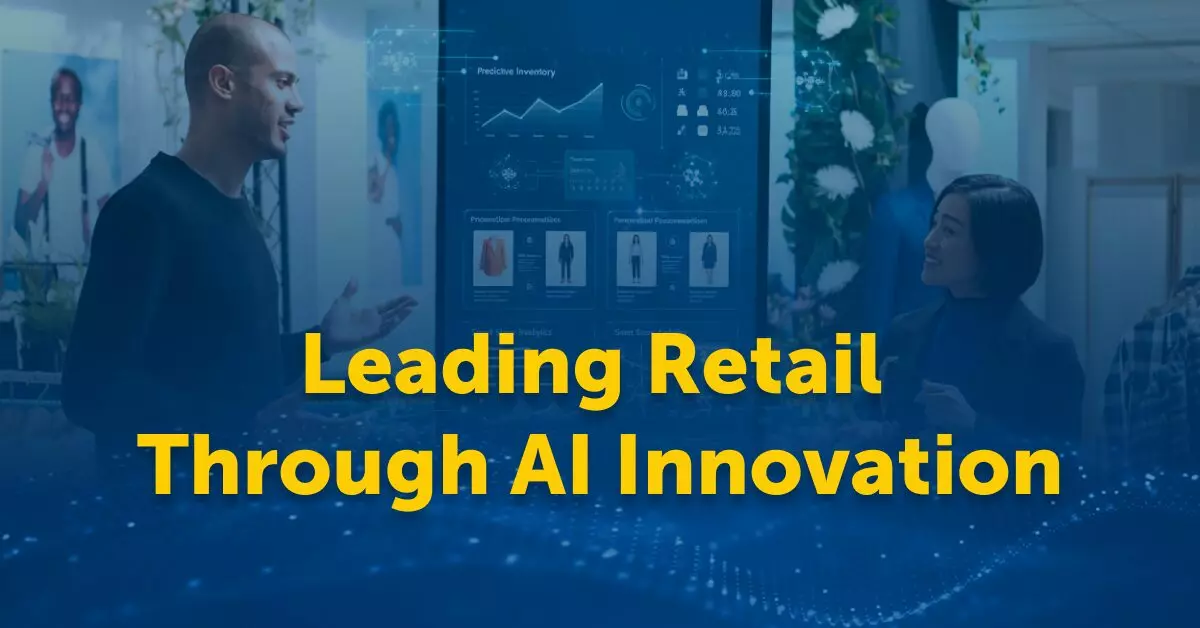Browse Our Glossary
Browse Our Glossary
Edge Computing
The global edge computing market is projected to grow from 55.44B in 2025 to USD 1.07T by 2033, at a CAGR of 44.7%.
What is Edge Computing?
Edge computing refers to the practice of processing data closer to the location where it is generated, rather than relying on centralized cloud servers. By bringing computation and data storage to the "edge" of the network, edge computing reduces latency, improves response times, and allows for real-time data processing. It is particularly beneficial in applications involving the Internet of Things (IoT), autonomous vehicles, smart cities, and industrial automation, where fast, localized decision-making is critical.
Benefits of Edge Computing
Edge computing offers significant advantages, including reduced latency and bandwidth usage. By processing data at the source, it minimizes the time required to send data to distant cloud servers, enabling faster response times in critical applications. It also helps businesses save on bandwidth costs by offloading traffic from centralized data centers. Additionally, edge computing enhances security and privacy by keeping sensitive data closer to the source, reducing the risks associated with data transfer over networks.
Importance of Edge Computing
As the volume of data generated by IoT devices continues to grow, traditional cloud computing models face limitations in terms of latency and bandwidth. Edge computing addresses these challenges by enabling faster, more efficient data processing. This is crucial for industries such as healthcare, manufacturing, and transportation, where real-time data processing can improve operations, increase safety, and drive innovation. The ability to process data locally also reduces the strain on centralized systems, enabling more scalable and efficient infrastructures.
Future of Edge Computing
The future of edge computing is closely tied to the rise of 5G networks, which will enable even faster and more reliable data transmission. As IoT devices become more widespread, edge computing will evolve to handle more complex tasks, processing greater volumes of data in real time. The integration of artificial intelligence and machine learning at the edge will further enhance decision-making capabilities, allowing for predictive maintenance, advanced analytics, and autonomous systems. The convergence of 5G, AI, and edge computing will drive innovation across industries, paving the way for smarter, more connected systems.
Fusemachines and Edge Computing
Fusemachines leverages edge computing to provide AI-driven solutions that process data in real-time, improving operational efficiency and responsiveness for businesses. Our expertise in edge computing, combined with AI and IoT integration, enables companies to build scalable, low-latency systems that are tailored to their unique needs. With Fusemachines, businesses can enhance their data processing capabilities, making faster, more informed decisions that drive growth and innovation.
Recommended Pages
- AI in Banking
- AI in Consumer Packaged Goods (CPG)
- AI in Energy
- AI in Finance
- AI in Fintech
- AI in Healthcare
- AI in Insurance
- AI in Legal Services
- AI in Life Sciences
- AI in Media and Entertainment
- AI in Retail
- AI in Technology
- Anomaly Detection
- Automation
- Big Data
- Contextual Adaptation
- Conversational Agents
- Data Analytics
- Data Annotation
- Data Engineering
- Data Science
- Deep Learning (DL)
- Demand Forecasting
- Dynamic Pricing
- Edge Computing
- Ethical AI
- Explainable AI (XAI)
- Fraud Detection
- Generative AI (GenAI)
- Hyper Personalization
- Image Recognition
- Information Extraction
- Large Language Models (LLM)
- Machine Learning
- Natural Language Processing (NLP)
- Neural Networking (NN)
- Predictive Analytics
- Recommendation Engine
- Self-Directed Agents
- Virtual Assistants


